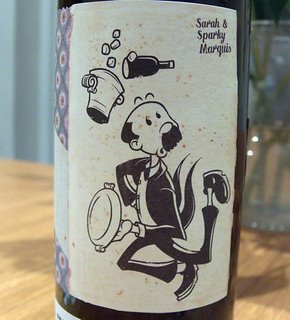Reduced alcohol wines: time for a new category?
One of the leading companies operating in this area is called TFC Wines, who already have a low alcohol wine called Sovio on the market. It's a 5.5% Sparkling White Zinfandel, which can't legally be called wine (it's described as 'made with White Zinfandel'), and it's £4.99 in Tesco.
Perhaps more interesting to wine lovers are their other wines, which have alcohol contents of 8, 9 and 11%. I've met with their winemakers and tried their wines, and come away quite impressed.
There's also a French producer, Domaines Auriol, who have recently launched a range of three wines from the Languedoc at 9% alcohol. Here, a modified form of reverse osmosis has been used to bring the alcohol levels down.
While techniques that reduce alcohol in a finished wine seem quite manipulative, the results are much better than those obtained by picking grapes very early, which is used for some of the lower alcohol wines found on supermarket shelves.
I wrote quite a long piece on this for Wine Business International. An updated version of this, with some new material, is available here.
Labels: alcohol, wine science

 The web log of wine journalist Jamie Goode. Feel free to nose around; your comments are welcome
The web log of wine journalist Jamie Goode. Feel free to nose around; your comments are welcome 
